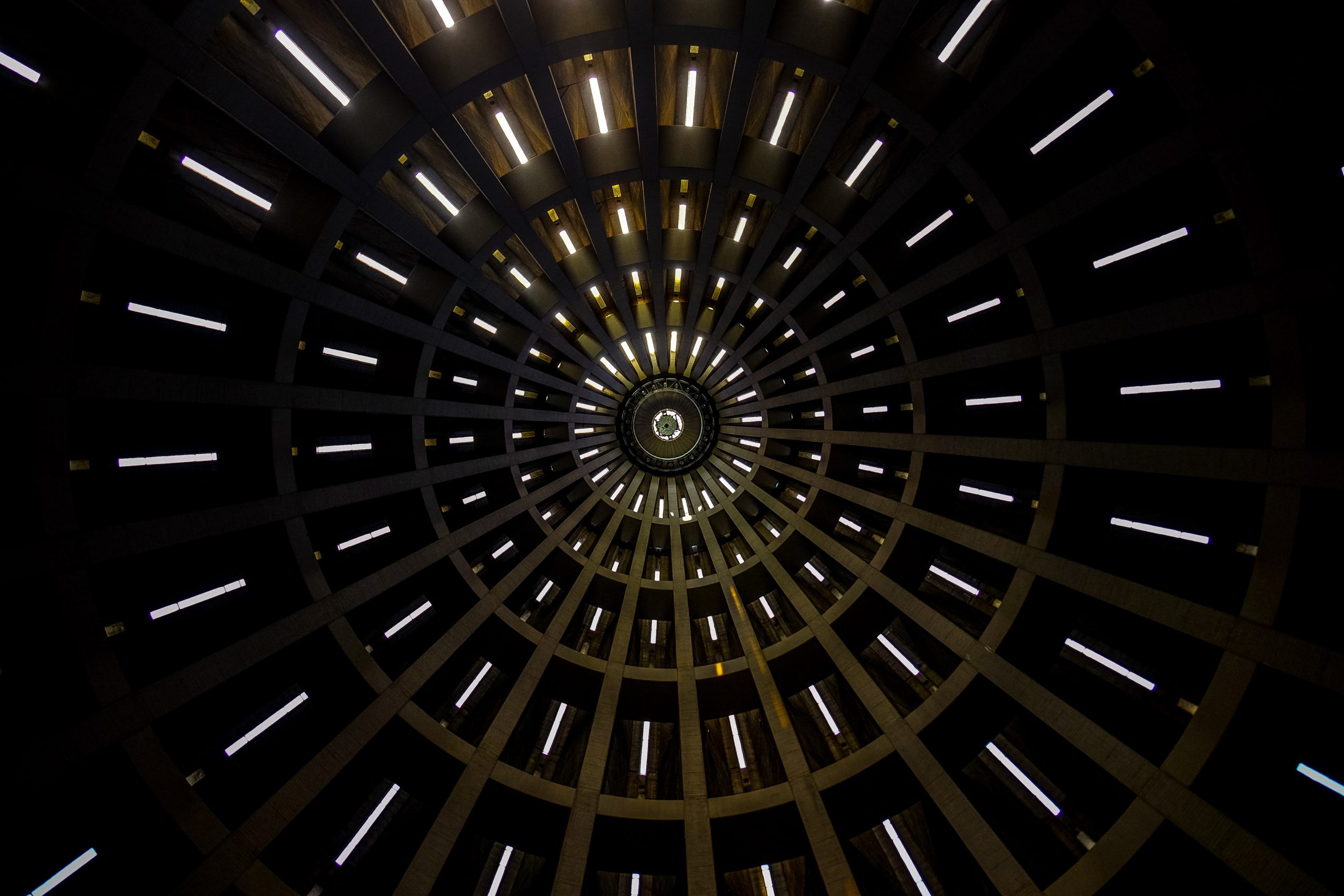Introduction
In today’s environmentally conscious world, businesses are constantly seeking ways to operate more sustainably while also reducing operational costs. One of the most straightforward measures for achieving these goals is to upgrade the office lighting system. Not only do energy-efficient lighting options significantly reduce electricity consumption, but they also enhance employee well-being and productivity. Here’s a comprehensive guide to the most effective lighting solutions for modern offices.
LED Lighting: The Gold Standard
Light Emitting Diodes (LEDs) are the gold standard when it comes to energy-efficient lighting. Consuming up to 75% less electricity than traditional incandescent bulbs, LEDs are a highly efficient and long-lasting option. Furthermore, they provide excellent color accuracy and come in various color temperatures, providing a versatile solution for different office environments.
Advantages:
- Long lifespan (up to 25,000 hours)
- Reduced energy consumption
- Excellent color rendering
- Instant full brightness
- Dimmable options available
CFLs: A Reliable Alternative
Compact Fluorescent Lamps (CFLs) offer a more energy-efficient alternative to traditional incandescent bulbs but are generally less efficient than LEDs. They consume about 70% less energy than incandescent bulbs and have a longer lifespan, ranging from 8,000 to 10,000 hours.
Advantages:
- Lower initial cost compared to LEDs
- Suitable for a variety of fixtures
- Better energy efficiency than incandescent bulbs
Halogen Incandescents: The Transitional Option
Halogen incandescents are a more energy-efficient version of the old-school incandescent bulb. They use a halogen gas to increase efficiency and lifespan. While they don’t match LEDs or CFLs in efficiency, they can be a suitable transitional option if you’re not ready to switch entirely.
Advantages:
- Better efficiency than traditional incandescents
- Excellent color rendering
- Fully dimmable
Smart Lighting: The Future is Now
Smart lighting solutions take energy efficiency to the next level by offering unprecedented control over your office lighting. You can adjust the brightness, color temperature, and even set schedules or motion-detection settings. While the bulbs themselves may use LED technology, the added layer of control ensures that lights are only in use when needed.
Advantages:
- Customizable lighting settings
- Potential for significant energy savings
- Integration with smart office systems
- Remote control via smartphones or computers
Task Lighting: Focused and Efficient
Instead of lighting an entire office space, task lighting focuses on specific work areas, reducing overall energy consumption. Desk lamps with energy-efficient bulbs are a prime example. By using task lighting where it’s needed most, you can significantly reduce the need for widespread overhead lighting.
Advantages:
- Targeted lighting reduces overall energy use
- Improved worker comfort and productivity
- Ideal for detailed tasks requiring focused lighting
Consider Natural Light
While not an artificial lighting option, making use of natural light through skylights and large windows can significantly reduce the need for artificial lighting. Blinds and shades with light-diffusing properties can also help in spreading natural light more evenly throughout the office.
Advantages:
- Zero energy consumption
- Enhanced employee well-being
- Can be combined with artificial lighting for a balanced lighting scheme
Conclusion
Adopting energy-efficient lighting solutions is not only good for the planet but also beneficial for your bottom line. LEDs remain the most efficient and versatile option, but CFLs, halogen incandescents, and smart lighting technologies also offer viable paths to a more sustainable office. Additionally, don’t underestimate the power of natural light in creating a healthy, productive, and energy-efficient workspace. By thoughtfully considering your office’s lighting needs, you can make a substantial contribution to a more sustainable and cost-effective future.
By exploring and implementing these options, you can set your office on the path to improved sustainability, reduced energy costs, and a better work environment for all.
